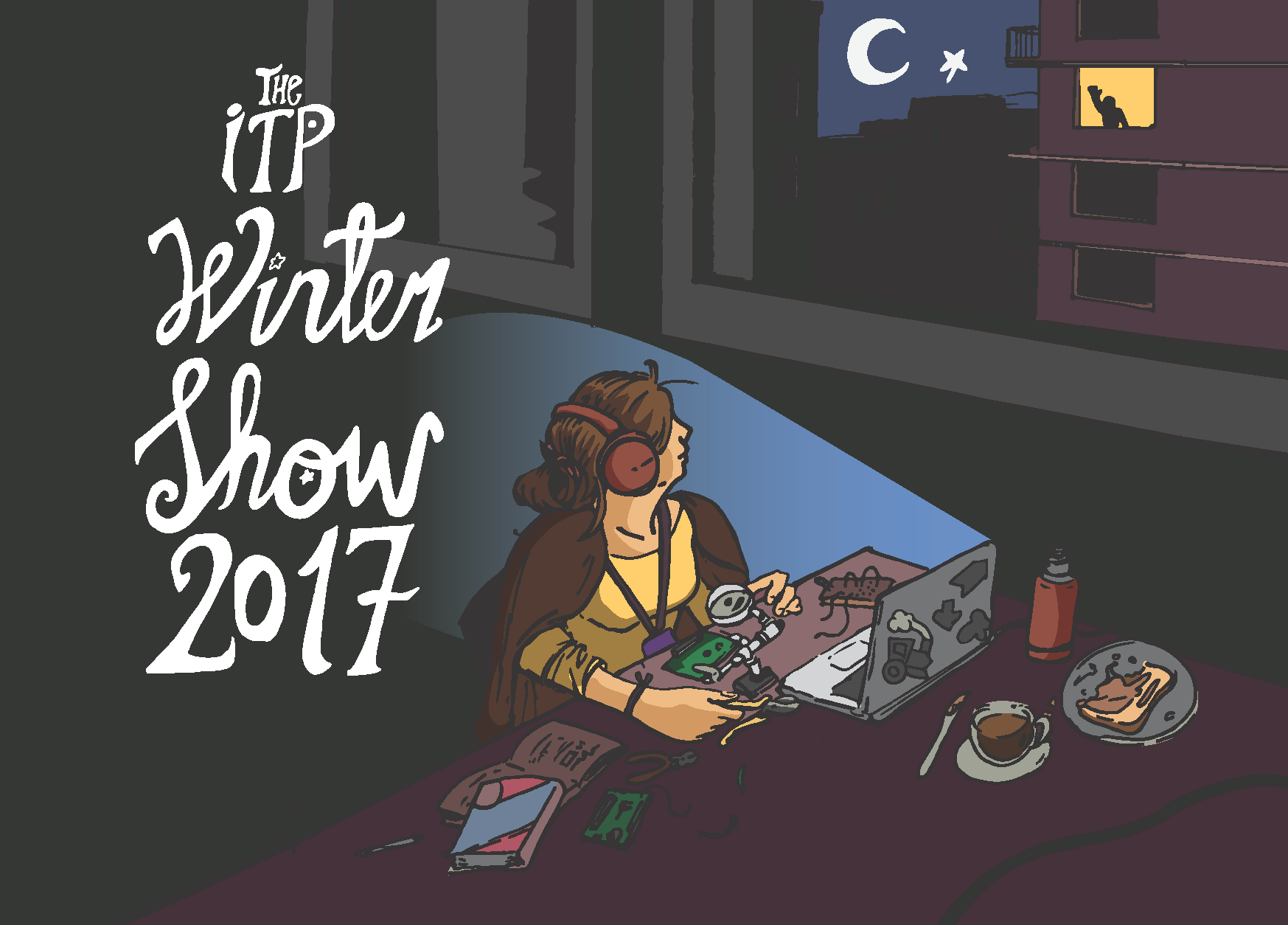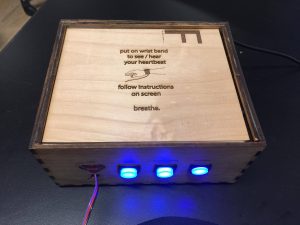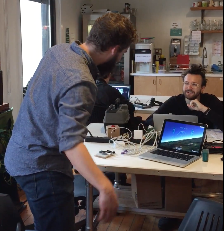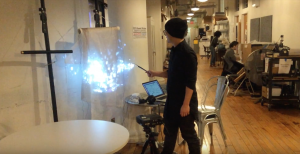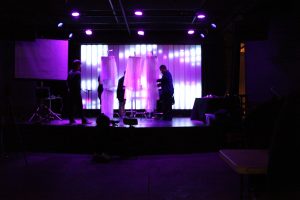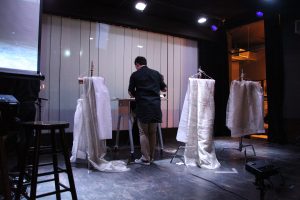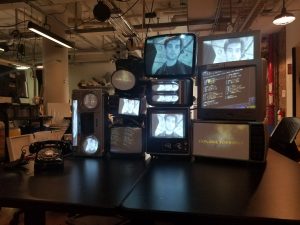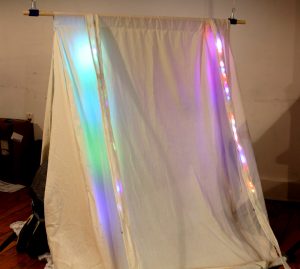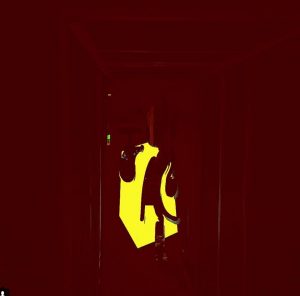Marco Wylie
A musical installation that demonstrates how derivative songs can be.
http://www.chattinoutloud.com/2017/12/05/similarity-jukebox/
Description
Using a simple, intuitive interface, this installation will demonstrate how similar some songs are in sets of two. The user can move back and forth between each clips of songs to hear exactly the moment where both songs sound alike. When the fader is in the middle, the user can hear each song overlapping, with a visual of the album covers overlapping as well to emphasize what is being heard.
Classes
Introduction to Physical Computing, Introduction to Computational Media
